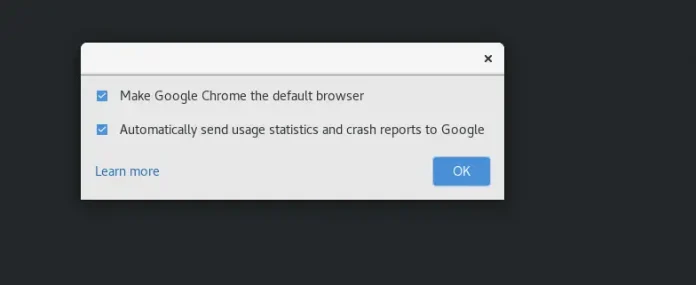The isEmpty() method of LinkedBlockingDeque in Java is used to check whether this LinkedBlockingDeque is empty or not. It returns an boolean value stating the same.
Syntax:
public boolean isEmpty()
Parameters: This method does not accepts parameter.
Returns: The method returns an boolean value which states that this instance of the LinkedBlockingDeque is empty or not.
Below examples illustrates the LinkedBlockingDeque.isEmpty() method:
Program 1:
// Java Program Demonstrate isEmpty()// method of LinkedBlockingDeque import java.util.concurrent.LinkedBlockingDeque;import java.util.*; public class GFG { public static void main(String[] args) throws IllegalStateException { // create object of LinkedBlockingDeque LinkedBlockingDeque<Integer> LBD = new LinkedBlockingDeque<Integer>(); // Add numbers to end of LinkedBlockingDeque LBD.add(7855642); LBD.add(35658786); LBD.add(5278367); LBD.add(74381793); System.out.println("Linked Blocking Deque: " + LBD); // using isEmpty() function System.out.println("Is Linked Blocking Deque empty: " + LBD.isEmpty()); }} |
Linked Blocking Deque: [7855642, 35658786, 5278367, 74381793] Is Linked Blocking Deque empty: false
Program 2:
// Java Program Demonstrate isEmpty()// method of LinkedBlockingDeque// when the list contains characters import java.util.concurrent.LinkedBlockingDeque;import java.util.*; public class GFG { public static void main(String[] args) throws IllegalStateException { // create object of LinkedBlockingDeque LinkedBlockingDeque<String> LBD = new LinkedBlockingDeque<String>(); System.out.println("Linked Blocking Deque: " + LBD); // using isEmpty() function System.out.println("Is Linked Blocking Deque empty: " + LBD.isEmpty()); }} |
Linked Blocking Deque: [] Is Linked Blocking Deque empty: true




